Boeing’s new fixer is no engineer – and the industry is worried
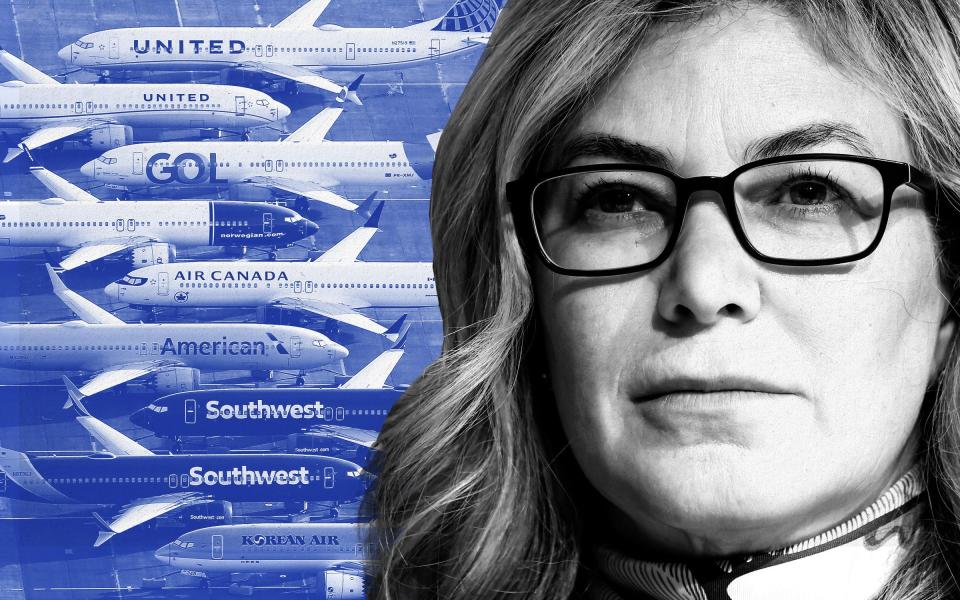
After the latest twist in its five-year manufacturing and safety nightmare, Boeing took drastic action this week and ousted its chief executive and chairman.
The clear-out at the top made headlines, but within aerospace it was the replacement of engineer Stan Deal, head of Boeing’s airliner unit, that posed most questions.
Stephanie Pope, who has a background in finance, may now determine the future of the crisis-hit 737 Max model, and with it Boeing’s chances of restoring its tarnished reputation and shattered finances.
The reaction to the move from within the industry suggests many are far from convinced that Pope, 51, can deliver the turnaround required.
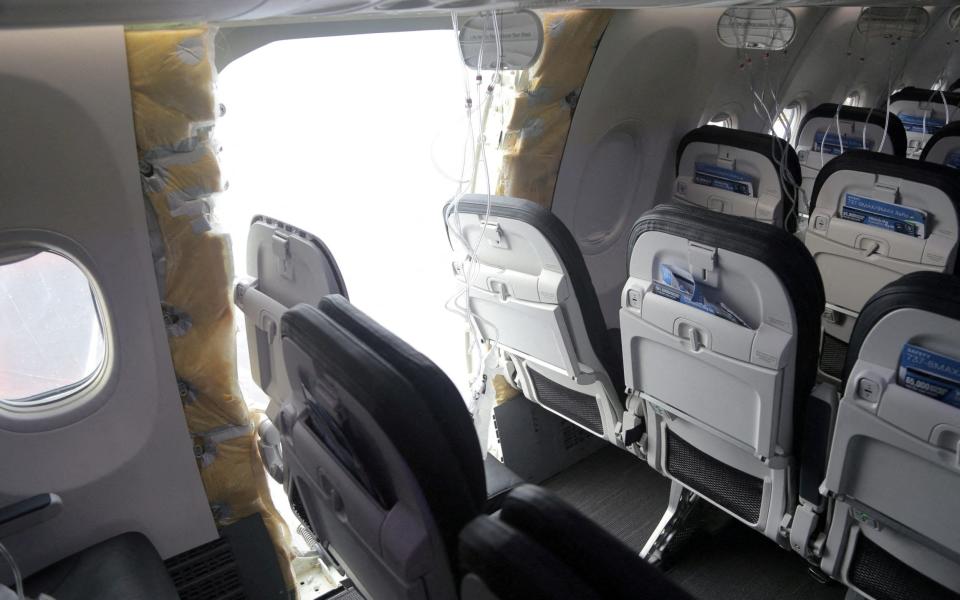
Her appointment comes weeks after a door plug blew out of an Alaska Airlines 737 Max-9 at 16,000 feet, causing an uncontrolled decompression of the cabin that left passengers fearing for their lives.
Checks found that four bolts designed to hold the plug in place were missing, with further investigations bringing to light a litany of quality-control and manufacturing issues across the 737 programme.
Though an aerospace veteran who has racked up almost three decades at Boeing, experts say Pope lacks the engineering experience needed to deal with such extensive production problems.
Deal, who joined Boeing in 1997 through its merger with McDonnell Douglas, holds a degree in aerospace engineering and worked in key positions on the 717 and MD-11 jetliner programmes.
Pope, by contrast, graduated in accountancy and rose through the ranks via a number of financial management roles. She later took charge of a services division that helps support airline customers.
While Pope’s most recent position as Boeing’s chief operating officer gave her oversight of quality control, engineering, manufacturing and the supply chain, she’d been in the job only since January, hardly time to develop an intimate understanding of the issues plaguing the 737 Max.
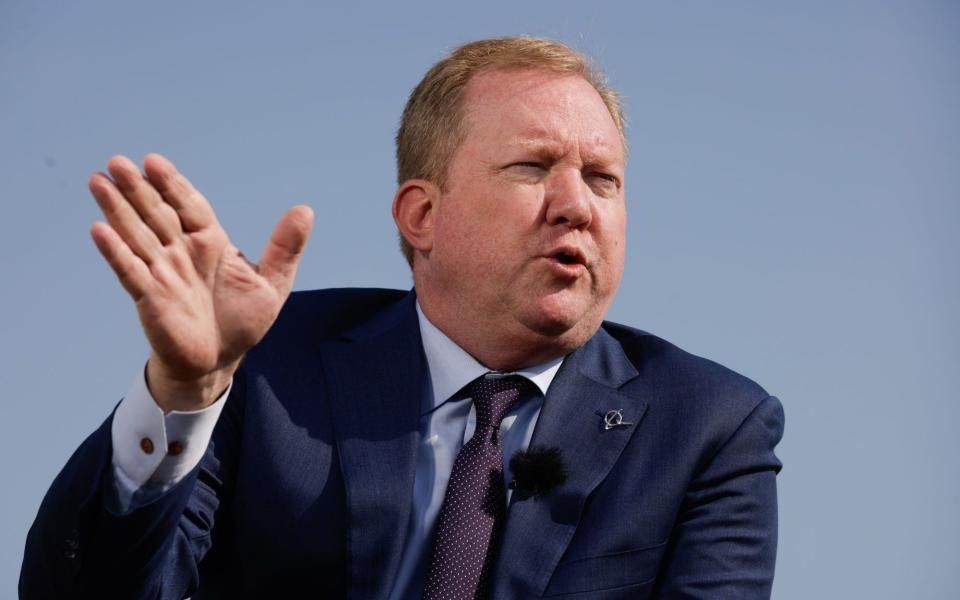
Taking the reins at Boeing Commercial Airplanes, as the jetliner business is known, will require a far more hands-on approach and an inevitably steep learning curve. Deal was appointed to run BCA in 2019 after the Max was grounded worldwide in the wake of two fatal crashes that killed 346 people, later blamed on software that intervened in the flying of the aircraft.
The plane returned to the skies at the end of 2020 and Boeing has been striving to accelerate build rates ever since as it seeks to ship hundreds of delayed planes to disgruntled airlines.
At the same time it has encountered a series of manufacturing glitches, culminating in the Alaska Airlines incident.
Lee Hamilton, an aviation industry consultant with Leeham, says the problems are technical, not financial, and that a technical understanding should therefore be a prerequisite for anyone leading BCA.
He says: “I’m completely perplexed that Stephanie Pope has been made CEO of commercial aircraft. Nobody across the industry who I’ve spoken with can understand it.”
Hamilton says he was also contacted by a New York banker who expressed dismay at the news.
Deal probably had to go after four years during which he failed to resolve the quality-control problems, but a better choice to lead BCA would have been another woman, Elizabeth Lund, the division’s senior vice president of quality, according to Hamilton.
She has a degree in mechanical engineering and previously occupied posts including general manager of aircraft programmes, head of the 777, 747, and 767 programmes, and manager of Boeing’s sprawling Everett assembly plant near Seattle.
The jetliner arm of arch-rival Airbus has been led since January by a non-engineer in the shape of former sales chief Christian Scherer, though the company shares few of the production challenges currently confronting Boeing.
At stake for the US behemoth is its near-term profitability and standing with airlines, passengers and regulators, as well as its ability to compete with Airbus in future.
The European firm sprinted ahead in deliveries following the 737 Max crashes and the model’s subsequent grounding, and Boeing has made little headway towards closing the gap, delivering 528 planes in total last year against 735 at Airbus.
Already struggling to lift monthly production rates, Boeing was forced by the Federal Aviation Administration to put plans for a rapid increase this year on hold in the wake of the Alaska blowout, after a probe identified “unacceptable quality-assurance issues”.
Boeing failed 33 of 89 tests carried out by the FAA as part of a six-week audit of the 737 Max production process, while Spirit AeroSystems, which supplied the door plug, failed seven of 13, the New York Times reported this month.
Issues identified included five with the plug and others involving a cargo door and the installation of cockpit windows. Among irregular practices identified were the use of a hotel key card to assess door-seal integrity, and the application of washing up liquid as a lubricant to help fit the same seals.
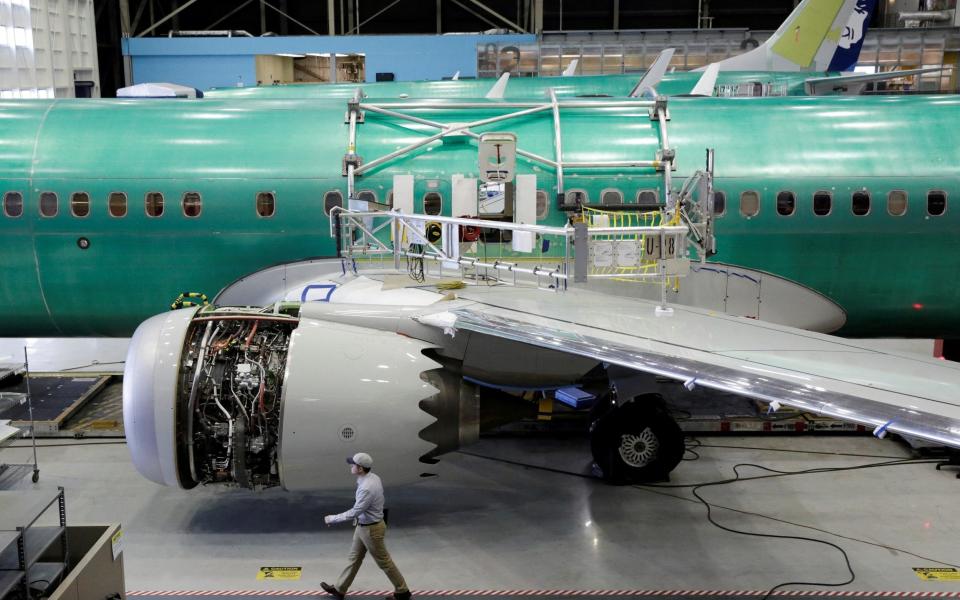
The FAA has also highlighted non-compliance concerns in parts handling and storage, and product control. The delivery of 50 planes has separately been delayed by the discovery of improperly drilled holes in their fuselages.
Such has been the impact of the Max crisis on Boeing’s business that the airliner sector, once a cosy duopoly, is beginning to look permanently lopsided, with Airbus as the dominant player and the American firm a poor relation, in the narrowbody market at least.
Sash Tusa, an aviation analyst at Agency Partners, says a key factor in Boeing’s decline has been an absence of executives with a deep understanding of manufacturing at the top.
He says: “If Boeing is going to sort out this mess it needs to put engineers into senior positions. It’s the hollowing out of their engineering expertise that’s at the heart of all of these problems.”
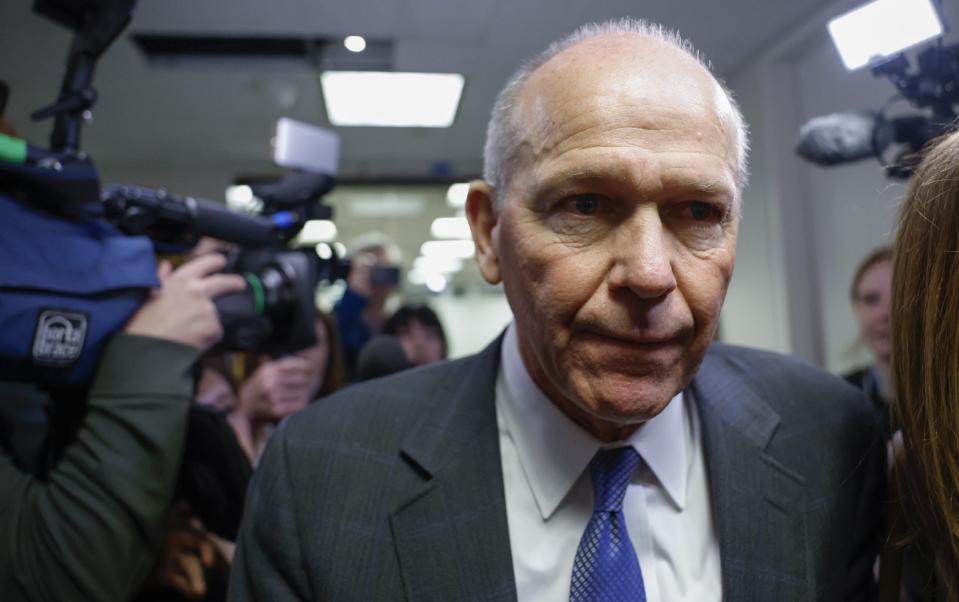
Like Pope, chief executive Dave Calhoun, who will depart by December, holds a degree in accounting. Before joining Boeing in 2020 he worked for six years as head of portfolio operations at investment firm Blackstone. While he spent 26 years at General Electric, including the jet-engine arm, he worked mainly in finance and marketing roles.
Sir Tim Clark, the veteran head of Dubai-based Emirates, the world’s largest long-haul airline, said in comments after the reshuffle was announced that Boeing “needs a strong engineering lead as its head”, coupled with governance that prioritises safety and quality. He also backed calls from the US machinists union for a seat on the board, so that concerns from the factory floor can be better understood.
He said: “Time, unfortunately, is not on their side. I would suggest that some serious lateral thinking kicks in as soon as possible.”
Ryanair chief executive Michael O’Leary, was more conciliatory, releasing a video in which he said he looked forward to working with Pope, as well as Calhoun for the rest of his tenure, to eliminate 737 delivery delays.
O’Leary, who has said he’ll be looking for compensation for the impact of the delays on summer capacity, is himself a qualified accountant, having been employed at KPMG before working as a financial adviser to Ryanair founder Tony Ryan.
Unlike Calhoun and chairman Larry Kellner, who will exit after Boeing’s annual shareholder meeting in May, Deal departed straight away, leaving Pope to take immediate charge of the airliner division and its troubles.
Despite the industry’s reservations, she’s also being touted in some quarters as a possible successor to Calhoun himself, alongside General Electric boss Larry Culp, Carrier Global head David Gitlin and others.
A better choice for chief executive, Tusa says, might be Patrick Shanahan, chief of Spirit Aero, which Boeing is in talks to buy.
Shanahan has been in the top job at Spirit since October, when he was brought in on an interim basis to troubleshoot problems including earlier production errors concerning components supplied to the 737.
Prior to that he worked for more than 30 years at Boeing, occupying management roles across the full range of the company’s civil aircraft and leading the recovery of the 787 Dreamliner widebody programme after it was beset by production glitches that led to a three-year delay in service entry. He left in 2019 for a two-year stint as Donald Trump’s deputy defence secretary.
The challenge facing Pope, the 737 Max and Boeing as a whole aren’t limited to the production line. Even before the crashes and manufacturing crisis the plane was struggling to match the sales success of the Airbus A320neo series narrowbody.
While both models are re-engined versions of older aircraft, the Airbus jet was less constrained by the limits of how far its design could be expanded. That’s reflected in sales tallies, with the 737 Max accruing fewer than 6,500 orders, compared with more than 10,000 for the A320neo, including 500-plus for a variant that can fly further than any Max.
So popular is the Airbus jet that new purchasers face a wait of several years for it to be delivered, something that’s paradoxically helping to sustain interest in the Boeing model, which is more easily available.
Tusa says: “It’s come to something when Boeing’s best-selling plane is getting orders really only because Airbus has no spare capacity. Boeing has to sort out the production issues, of course, but it also needs to recognise that it has a deeper problem in that the Max is simply not competitive.’’
The only answer is to begin work on a successor to the Max now, he says, rather than offering one by the mid-2030s as currently envisaged, something that would further add to Pope’s worry list.
A Boeing spokesman said that about half of Pope’s leadership team is made up of engineers. The company also cited comments from Calhoun in a message to staff in which he said that she had “a proven track record of superb leadership”.

 Yahoo Finance
Yahoo Finance 